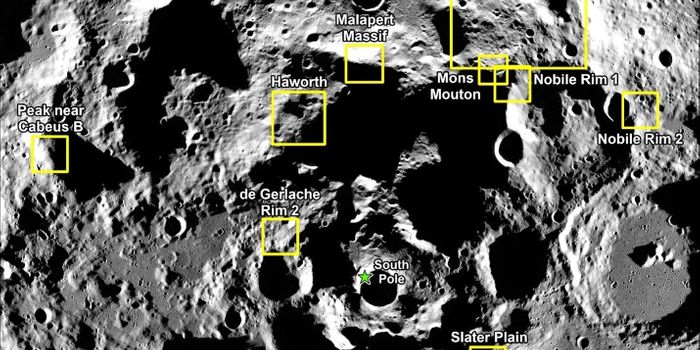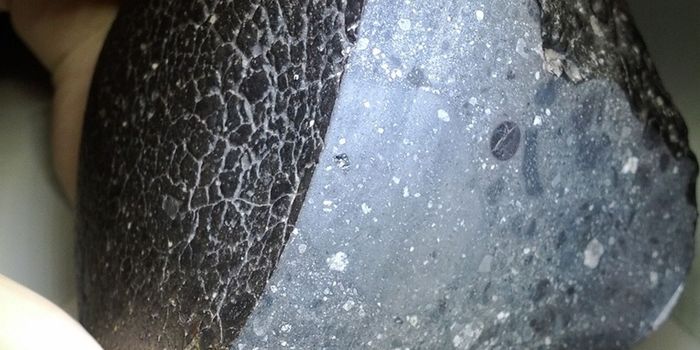The First Direct Image of a Brown Dwarf Orbiting a Star
A team of astronomers have captured the first direct image of a brown dwarf orbiting a star. The research was led by the Astrobiology Center of the National Institute of Natural Sciences (NINS) and the National Astronomical Observatory of Japan (NOAJ). The results have been published in The Astrophysical Journal Letters.
The images were obtained using two telescopes on Maunakea in Hawai’i: the W.M. Keck Observatory and the Subaru Telescope. The team used the technique of Adaptive Optics to directly image the brown dwarf in its orbit. This technology removes distortions in images that are caused by turbulence in the Earth’s atmosphere. Using this technique, the team took many pictures of the star over time to watch the brown dwarf in orbit. This technique was used successfully in 2008 to obtain the first direct image of exoplanets; the team tracked the orbits of three planets in orbit around the star HR 8799.
Caption: These are four direct images of the brown dwarf HIP 21152 B. These images were obtained with the Subaru Telescope and the Keck Observatory; the host star (denoted by a yellow star icon) is masked and the brown dwarf companion is circled in each image. Credit: M. Kuzuhara et al./W. M. Keck Observatory/Subaru Telescope
Brown dwarfs are a unique type of object; they are too massive to be considered planets and yet not massive enough to be considered stars. As such, brown dwarfs may also be referred to as ‘substellar objects.’ Thousands of these types of objects have been found since they were first discovered in 1995. They can be hard to find though, as many of these objects drift alone in space, but some orbit around stars. These companion-type brown dwarfs are extremely rare; you may only find a few for every one hundred stars!
In this study, the brown dwarf was imaged orbiting the star HIP 21152, and thus named HIP 21152 B as its companion. HIP 21152 is a young, Sun-like star in the Hyades cluster. The Hyades cluster is an extremely young group of stars that all formed at the same time. Clusters are important laboratories for astronomers for studying the evolution of stars of different sizes since, by definition, all the stars in the cluster are the same age.
The astronomers also determined the mass of the brown dwarf by studying how it orbits it companion star. They found that it had a mass 22-36 times the mass of Jupiter, the largest planet in our Solar System. This result confirmed that this object was indeed a brown dwarf and not a planet. In addition, the team derived the temperature of the object to be 1200-1300 K.
This discovery marks the first time this technique has been used to directly image a brown dwarf in orbit around a star, and opens up a new and efficient way to find brown dwarf companions.
Source: W. M. Keck Observatory









